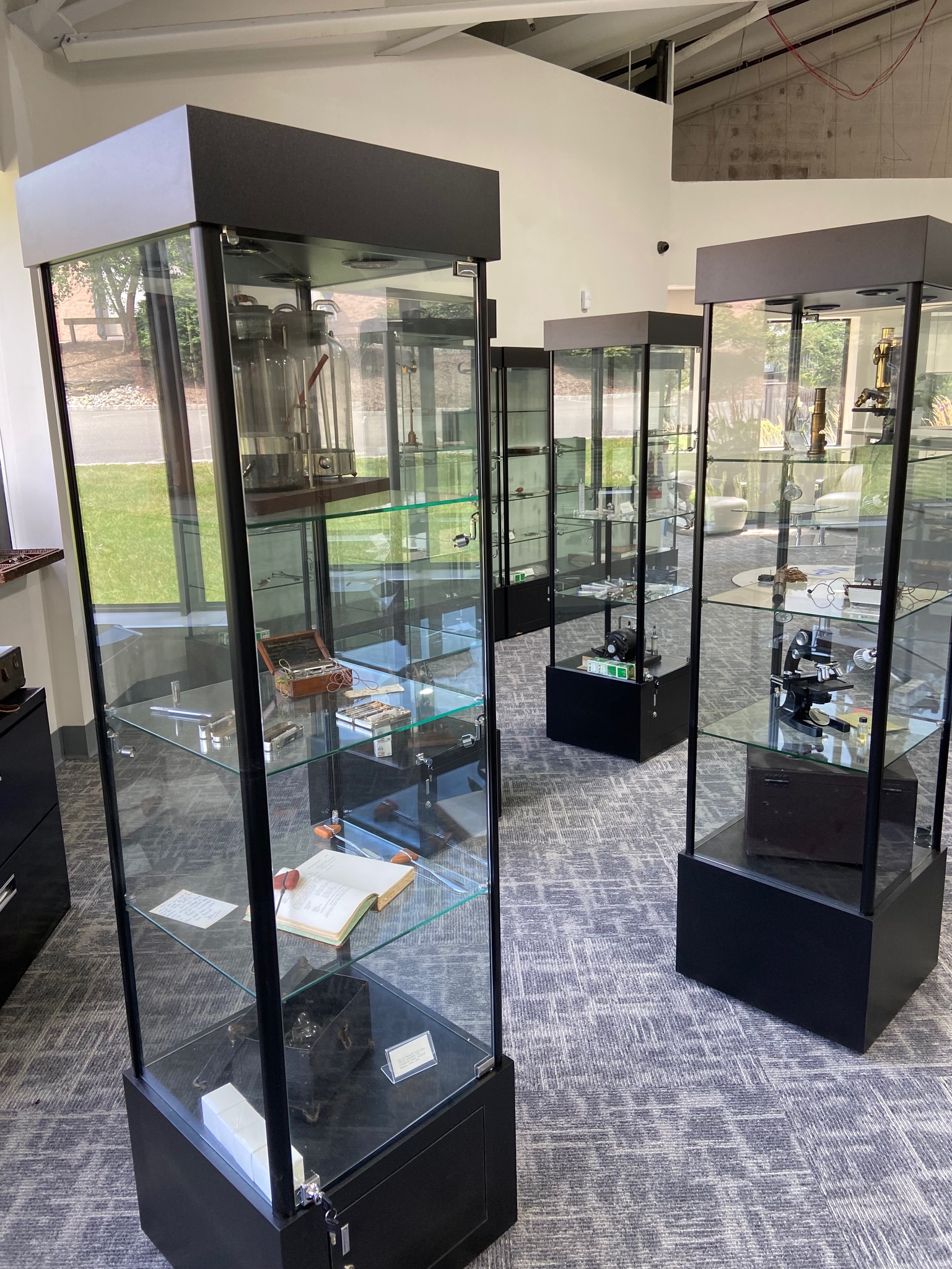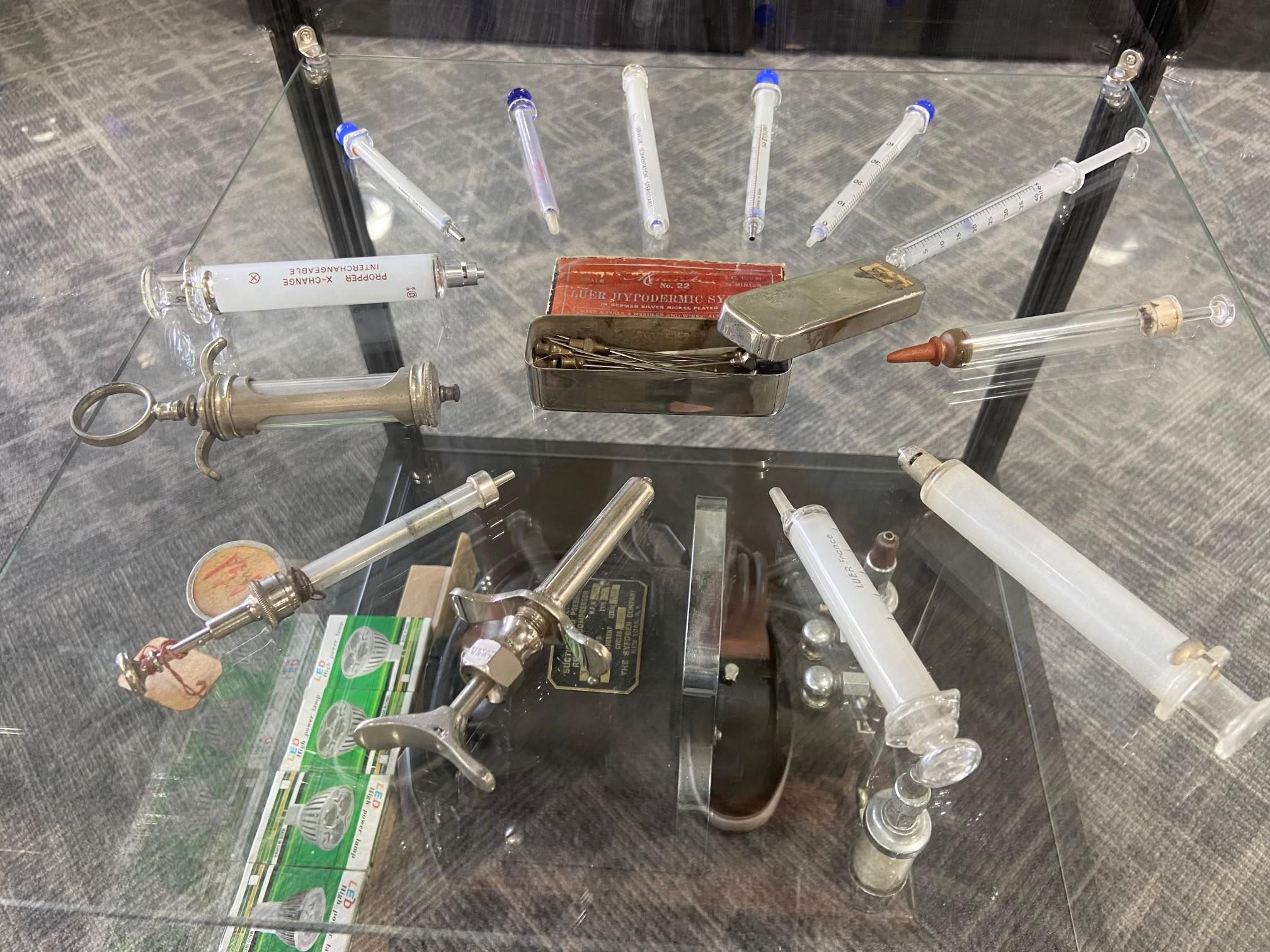
The history of medicine in many ways parallels the history of mankind itself. For centuries, the struggle to overcome illness was tempered by a lack of understanding as to its causes of the illness they sought to treat. The healers in whom we placed hope held little but hope itself. More often than not, they attributed the causes of disease to divine forces, evil humors, excesses or deficiencies of one thing or another though they could not define what that thing actually was. Pain and suffering were daily experiences even in healthy people and it is therefore not surprising that the approach to a cure would entail more pain and more suffering. Life was a candle, and the winds were strong.
First came enlightenment. Early theories on the causes of disease were met with great resistance by the powerful religious leaders whose firm and inarguable position was that all suffering was a form of punishment by the Gods — later by a single, angry God himself — and that atonement was the only cure.
Undaunted, early men (and women to a much lesser degree) of science brought the natural universe into the conversation. Over the centuries, as we evolved in our thinking about religion, science, mathematics and art, so did our approach to healing pain and suffering. We slowly transformed our treatment protocols from prayer and negotiation to action. And as we did so, our tools evolved in parallel. We slowly transformed our study of illness by first rethinking how we observed wellness disease. Great visionaries and gifted artists such as Leonardo da Vinci, Michelangelo, Andreas Vesalius and others began to view the human body as works of art and illustrated every aspect of our anatomy. What followed was truly extraordinary. Their disciples, armed with this new knowledge, began to probe, explore and dissect the human body, both in the healthy and sick condition. They quietly observed, touched, listened and compared healthy and unhealthy specimens, taking careful notes. Healing was transforming from a very rudimentary science into an art form. And as we did so over the next few centuries, our knowledge and understanding of diseases and hopeful cures — just as our blades and probes — became sharper.
The curation of this collection of medical and surgical antiques represents a personal exploration into the evolution of the art that has brought us to the modern era of medicine. It is a beautiful journey and one I am pleased to share. Throughout this website, I have taken the liberty of including certain anecdotes that bring to life some of the instruments that were used in an attempt to help people. As you will see, this often did not work out as planned. These stories reflect the knowledge at the time and give hope to all those interested in furthering the art of medicine that we continue on the same journey that started so long ago—the desire to understand disease and to help mankind.
For any inquiries regarding the collection, please email [email protected].





